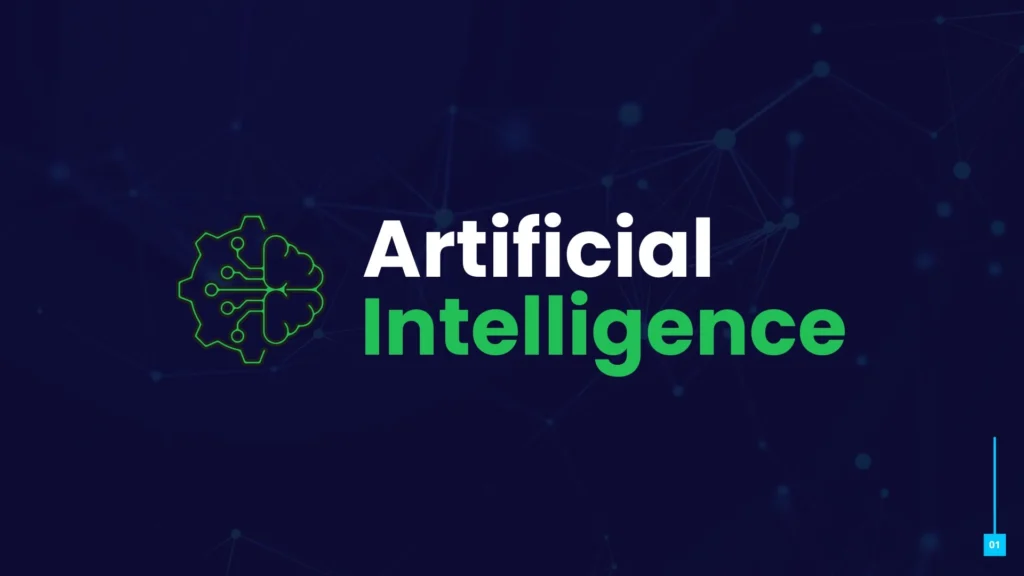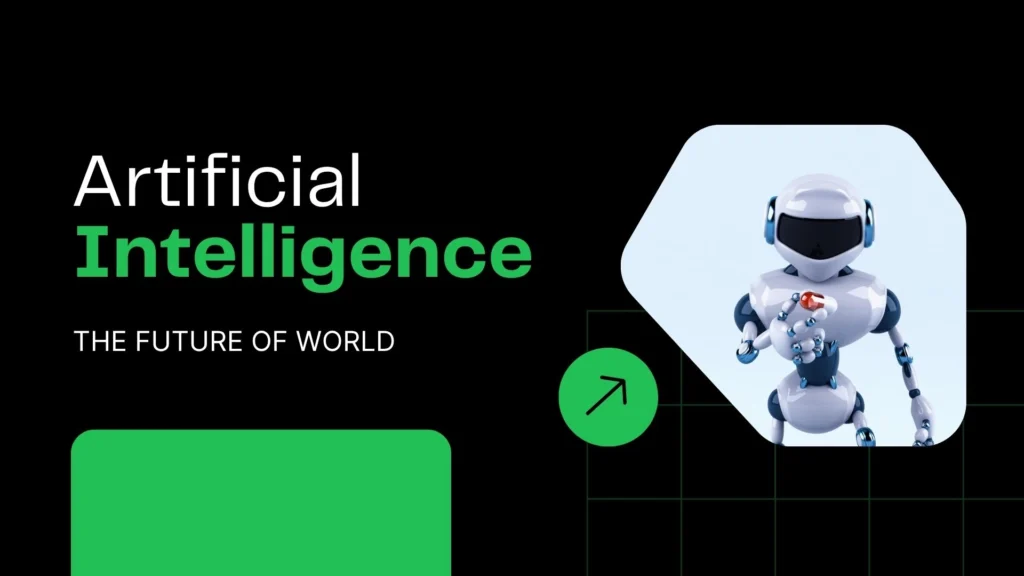Prompt Engineering in the Workplace: Boosting Productivity With AI Tools
The Silent Revolution in the Modern Workplace In today’s fast-changing digital landscape, digital marketing experts are transforming their strategies with the rise of AI tools and smarter workflows. Among the most far-reaching trends leading to this leading up to this is that of prompt engineering, or the art of writing effective, easy-to-understand prompts to ensure that AI tools, such as ChatGPT, produce results that are more to the liking of users. Marketers will be able to create ideas about content, write faster, and scale boredom-related duties in the event of engineering in time. Digital marketing experts who master this approach can significantly boost productivity and deliver greater value to their clients.As AI continues to evolve, combining smart tools with innovative strategies is essential for staying ahead in the competitive digital marketing space. What Is Prompt Engineering and Why It Matters Prompt engineering is more about communication than coding. When it comes to tools like ChatGPT, Bard, or Claude, the quality of the input (prompt) produces the quality of the output. At its most basic, using AI is about the right way of asking questions. For business, it matters. Whether it’s writing reports, writing emails, summarizing meetings, or planning a campaign, prompt engineering will make AI tools infinitely more useful in a business context. More importantly, it makes sure those AI assistants are not only smart, it also make them efficient, accurate, and task-oriented. How Prompt Engineering Drives Workplace Productivity Prompt engineering can have an instant and measurable impact to your organization. When developed effectively, an interactive prompt saves time, improves human capital error, and allows staff members to focus on imaginative versus repetitive tasks. Consider the HR professional described above who utilized AI to create with job descriptions. They utilize a specific interactive prompt to obtain desired, tailored results in an instant. The same can be said for a marketer creating blog outlines, social media calendars, or ad copy through AI, as their output went from hours to minutes. The opportunity to produce much more while expending much less is a clear win for productivity. Use Cases: Real Examples of Prompt Engineering at Work Across industries, professionals are already leveraging AI productivity tools with prompt engineering to accomplish more: Project Management: Teams leverage AI to summarize meeting notes, track progress, and generate project timelines based on properly structured prompts. Support Teams: Support reps are using prompts so that chatbots generate responses for them that are more helpful and timeless. Marketing Teams: Marketers are able to quicker utilize AI to generate content they need (campaign emails, landing page copy, SEO meta descriptions) while fine-tuning their prompts. Every department can benefit, provided they understand how to communicate effectively with AI systems. Crafting the Perfect Prompt: It’s All in the Details Writing a good prompt is everyone part art and skill. A prompt such as “Write a report” is too general and produces more generic results. Saying “Write a one-page report of a market analysis that occurs from Q2 2025 which emphasizes on SaaS trends in India” will produce an output that is much more accurate and useful. Clear and Specific Context-rich Action-oriented Role-based This level of precision enables AI in the workplace to function as a virtual assistant rather than just a tool. Best Tools That Benefit from Prompt Engineering Several modern tools are built to thrive on prompt input. Learning how to use them properly is crucial for maximizing ROI: ChatGPT: Used for writing, coding, research, and brainstorming Notion AI: Automates note-taking, meeting summaries, and task lists Jasper AI: Specializes in content marketing and brand messaging Copy.ai: Great for creating ad copy and social content Google Gemini (Bard): Used for research-based tasks and writing support These AI productivity tools become exponentially more powerful when guided by well-engineered prompts. Prompt Engineering for Different Job Roles Prompt engineering is not limited to tech professionals. Here’s how various roles use it: Managers: Delegate repetitive tasks like agenda creation, team updates, and reports Sales Teams: Generate pitch emails, CRM updates, and cold outreach messages Content Creators: Craft scripts, blog outlines, and caption suggestions Analysts: Summarize data findings and create visual insights using text-to-chart prompts In all cases, a structured prompt acts like a brief to the AI, allowing it to produce relevant, high-value content. Challenges and Learning Curve Despite its benefits, prompt engineering in the workplace requires practice. Common challenges include: Overly broad prompts leading to vague responses Lack of context causing inaccurate answers Overreliance on AI, which can reduce critical thinking over time However, with a little trial and error, most users can learn to refine their prompts and get results that are on-brand, factual, and professional. Future of Work: Prompt Engineering as a Core Skill As AI becomes mainstream, prompt engineering will become a standard digital skill—similar to email or Excel before it. Organizations that invest into training employees on AI will see productivity improvements, collaborative improvements, and greater, more informed decision making;In addition, workplace automation driven by prompt-based AI will decrease burnout and enable employee time to be allocated toward more creative, strategic, and human centered tasks; thus, it’s a type of transition from working harder to working smarter. Empowering the Workforce Through AI Prompt engineering is not just a fad – it is an opportunity for better deployment of AI in the workplace. It provides a way for users in all positions and industries to make use of intelligent tools more efficiently and productively. The additional time you invest in developing your AI communication skills can help your organization achieve better outputs, quicker time to project completion, and a workforce that is positioned for the future. As technology changes, one thing remains the same: the better your prompts, the better your outcomes.






